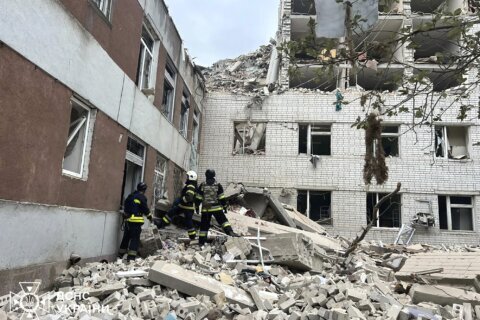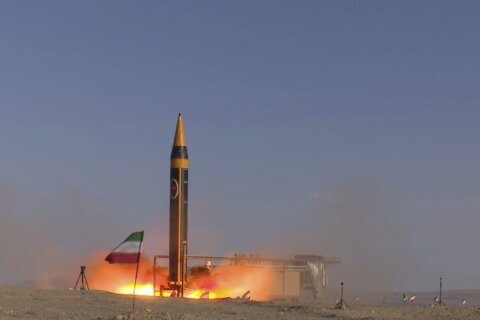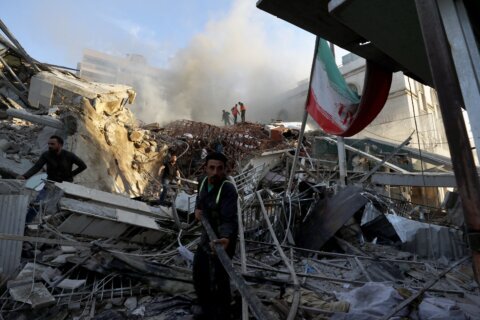WASHINGTON – Very early every morning hundreds of thousands of residents in Hampton Roads, Va., clog the interstates and local routes to make their way to work. Many of them are making their way to military installations, including the Norfolk Naval Station and Oceana Naval Air Station.
Among those in transit are crew members from the USS Harry S. Truman, the USS Stout and VFA-211 STRIKFITRON TWO ONE ONE. They are all preparing for an important role as the U.S. military rebalances itself after long wars in Iraq and Afghanistan end. They are a part of the collective that make up the tip of the naval spear.
The mission of the Navy is “to maintain, train and equip combat-ready Naval forces capable of winning wars, deterring aggression and maintaining freedom of the seas.”
WTOP was granted access to these naval assets to learn how they train, what challenges they face and what the future holds for them.
The USS Harry S Truman is the ninth nuclear-powered aircraft carrier and the eighth in the Nimitz class. The keel was laid by Newport News Shipbuilding Nov. 29, 1993, and the ship, named after the 33rd President of the United States, was christened Sept. 7, 1996. The ship was launched Sept. 13, 1996, and delivered to the United States Navy June 30, 1998. USS Harry S. Truman was commissioned July 25, 1998.
The USS Stout is the sixth Arleigh Burke-class guided missile destroyer. Built by Ingalls Shipbuilding, it was commissioned on Aug. 13, 1994 and it’s current home port is in Norfolk, Va. Stout was named for Rear Adm. Herald F. Stout (1903-1987), who distinguished himself as the commanding officer of the destroyer USS Claxton during World War II. As a commander, Stout aided his task force in sinking five heavily armed, enemy warships to establish a beachhead on Bougainville Island.
After the terrorist attacks of Sept. 11, 2001, the Checkmates aboard the VFA-211 STRKFITRON TWO ONE ONE deployed with Carrier Air Wing Nine, in an accelerated schedule that had VF-211 aircraft flying combat missions over Afghanistan by December.
The Checkmates left their mark on Operation Enduring Freedom during a three-week battle named Operation Anaconda where they flew day and night sorties to defend coalition forces and eliminate al-Qaida resistance.
In total, the U.S. Navy is made up of 318,999 active duty personnel, 109,596 reserve personnel, 284 ships, more than 3,700 aircraft, 11 aircraft carriers, nine amphibious assault ships, eight amphibious transport docks, 12 dock landing ships, 22 cruisers, 62 destroyers, 23 frigates, 71 submarines and three littoral combat ships.
The Navy’s future appears strong, but serious challenges lay ahead.
Grappling with the effects of looming sequestration, and the rise of China’s naval power, Adm. Jonathan Greenert, chief of Naval Operations, told the House Armed Services Committee in November 2011, “Our focus in the future will be the Pacific and the Arabian Gulf, but we won’t be able to ignore the other regions.
“Where and when trouble emerges next is really unknown. And as it’s been stated in this room many times, the future is unpredictable, as we know.”
In short, it was a warning that the rapid pace of change and looming budget could create problems down the road.
“We have to be prepared. We have to respond when tasked, and our challenge is to posture for that possibility. But in the end, all that being said, we can never be hollow, we have to be manned, trained and equipped with a motivated force,” Greenert said.
Sequestration, now a reality, has forced all military officials, including the Navy, to make cuts and changes. They’re sharpening the tips of their spears and focusing on the next challenge, while realizing that resources to meet the challenge may not be as plentiful.
Related Story:
Follow @WTOP on Twitter.







